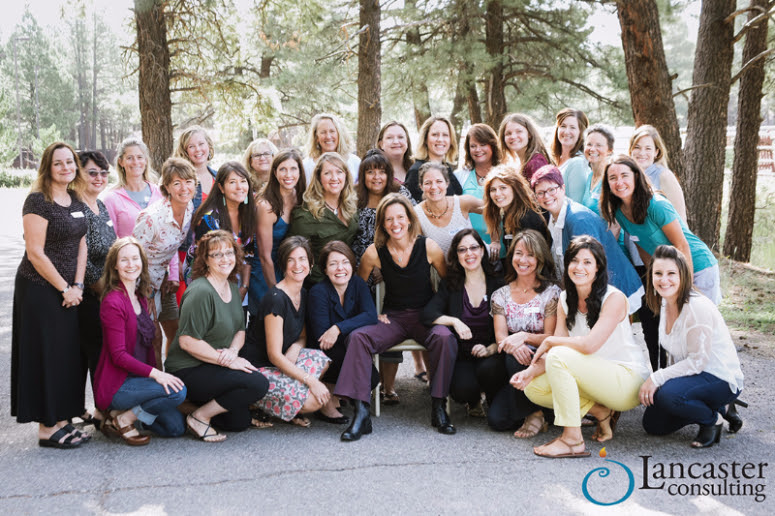Are you a strengths-based leader?

by Scott Moses View Bio
By now, you may have heard the phrase “strengths based leadership” thrown around the boardroom or at the conference table. Some of you may have taken classes, read books, attended seminars, or signed up for online webinars. That is great. However, are you practicing what you have learned?
What is strengths-based leadership (SBL)? For those not yet initiated, SBL is the mindset of aligning workers’ strengths and passions with fitting projects and teams to get higher returns in employee engagement, productivity, and customer satisfaction.
Let’s say you have two data analysts with equal skills and knowledge. You have a project that requires four people to collaborate and meet on a daily basis. Which analyst do you choose? Being human, both employees have unique strengths and weaknesses.
Analyst #1: Fresh out of college.
Strengths include verbal communication, teamwork, and creative thinking.
Analyst #2: Has been with your company for 10 years.
Strengths include independent work, creating spreadsheets, and written communication.
(Strengths-based leaders will choose Analyst #1. Learn why below.)
The history of SBL. In the 1950’s, “famed management guru Peter Drucker was the first to assert that workers should be treated as assets, not as liabilities to be minimized or eliminated. He originated the view of the corporation as a human community built on trust and respect for workers, and not just a profit-making machine” (Pinto, 2007).
Drucker’s outlook on the workforce leads to the belief in human capital rather than human resource. “The term resource implies an available supply that can be drawn upon when needed. The term capital, however, refers to something that gains or loses value depending on how much is invested in it, and how that investment is made” (Pinto, 2007).
In the late 1990’s, Gallup created a poll to determine what qualities make the best managers. In the ensuing book, “First, Break All The Rules,” Marcus Buckingham defined three important terms:
Skill: how to do the job.
Examples: how to hold a golf club properly, how to build a deck for your house, or how to create a spreadsheet using formulas. Skills are essential and transferable; they can be taught to another person.
Knowledge: awareness of the job.
Factual knowledge is what you know.
Example: learning the rules of accounting. Like skills, these can be transferred from one person to another.
Experiential knowledge encompasses the beliefs that have been acquired along the way. Experiential knowledge is based on a person’s experience.
Example: Thomas Edison’s famous quote.
“I have not failed. I’ve just found 10,000 ways that won’t work.”
Experiential knowledge may be different for each person thus more challenging to transfer.
Talent: the way a person thinks, reacts to situations, and how one relates to others.
It is an innate part of a person, and allows one to live naturally and in unison with one’s feelings.
Example: Nurse A: works well in a quiet environment, taking care of patients and communicating with the families.
Nurse B: works well in an ER type of setting with much action and very little downtime. Both nurses have the talents of empathy and compassion, but the nurses are not interchangeable. If you put Nurse A in the ER for any length of time, he would not be able to function as efficiently as if he were in the ICU. Vice versa for Nurse B. Both would probably quit within the first month. Talent, therefore, cannot be taught.
Talents equate strengths. Do you place more emphasis on skill, knowledge, or talent? At times, you may have made attempts to “turn someone’s weakness into a strength.” And you’ve done so with good intentions. And there is a good chance that you have become frustrated. What if you were to place more effort on matching employees’ talents (strengths) with their job? A leader that utilizes SBL recognizes the talents of their employees and places them in situations where they can succeed.
Self-awareness. As a leader, you can also do this for yourself. A self-aware leader that can understand his or her individual skills, knowledge, and talents. A leader with self-awareness will be able to choose situations that draw on his or her own strengths. How well does your job match your strengths?
Are there any changes that you need to make today?
Elliot, J. (2009). The Leadership Mind
Pinto, J. (2007). Investing in Human Capital, People Assets
Walter, E. (2013). Four Essentials of Strength-Based Leadership
MORE BLOG POSTS
Where What You Know Ends & Gen Z Begins
Do you have any employees who are 24 years old or younger? Do you want to be better to understand “cancel culture?” Do you need help modernizing your workplace in …
Make Your Goals a Reality With This Much Needed Self-Retreat
Ready to take some risks? Commit to this DIY goal-setting self-retreat and you’ll be ready to achieve your goals! The practice of innovation & risk—taking to move you into the …


